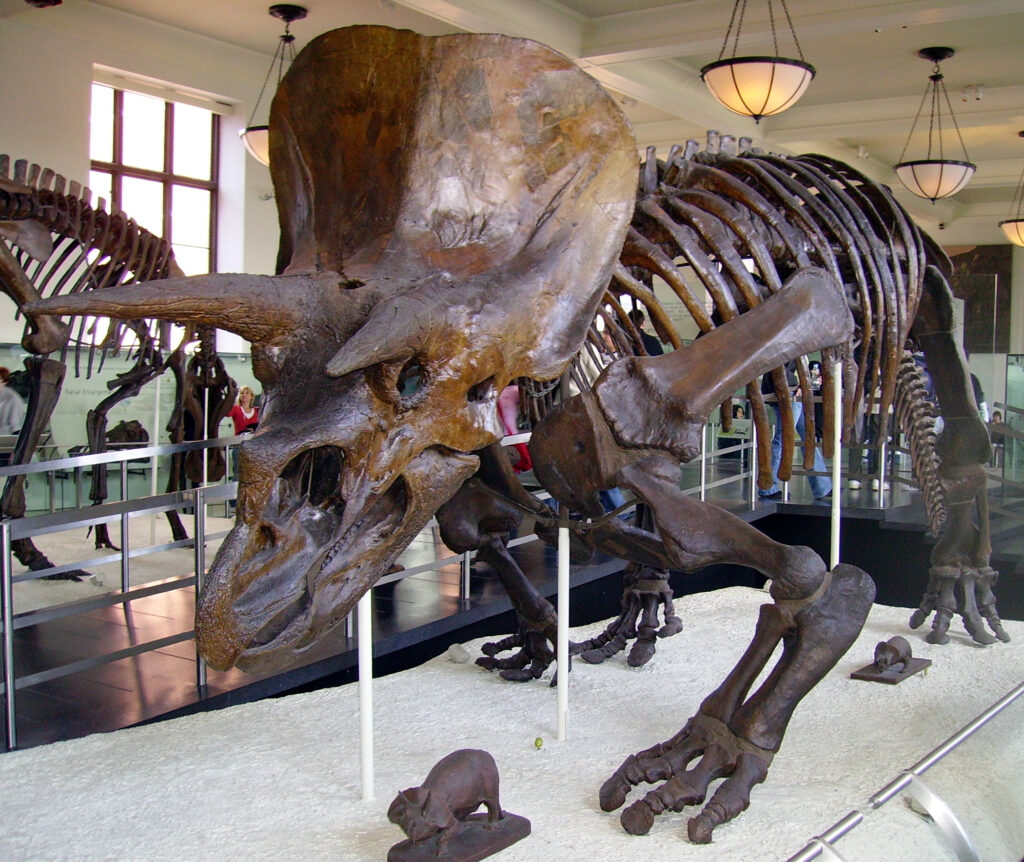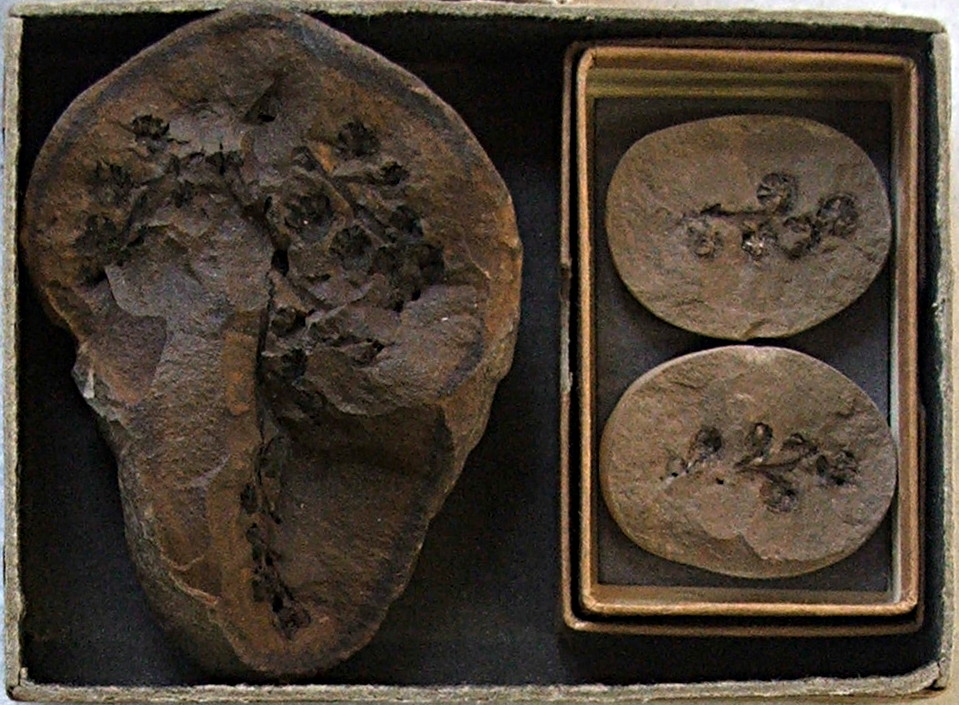In Steven Spielberg’s groundbreaking 1993 film “Jurassic Park,” based on Michael Crichton’s novel, the character of Donald Gennaro (often misremembered as “Burke” by some viewers) meets a particularly memorable end in the jaws of a Tyrannosaurus rex. This iconic death scene has transcended mere shock value to become a powerful cinematic metaphor for scientific overreach and human hubris. The moment when the lawyer abandons the children and flees to a restroom, only to be devoured by the T-rex, represents more than just a thrilling action sequence. It embodies the film’s central warning about the dangers of manipulating nature without adequate respect for its power and unpredictability. This article explores how this infamous death scene functions as a multifaceted symbol within the narrative and what it reveals about our complex relationship with scientific advancement and natural forces.
The Character of Donald Gennaro: Corporate Greed Personified
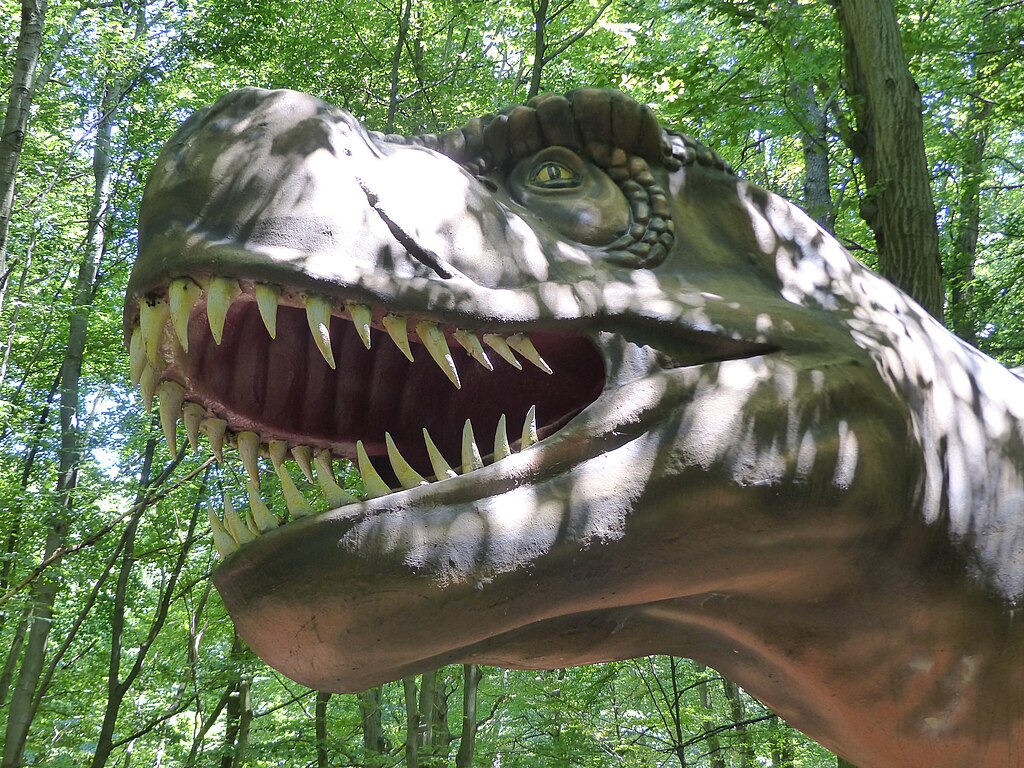
Donald Gennaro appears in Jurassic Park as the attorney representing the investors of InGen, the bioengineering company behind the park’s creation. Unlike his book counterpart, the film version of Gennaro is portrayed as primarily motivated by profit potential rather than safety concerns. His character serves as a representation of corporate greed and the commodification of scientific discovery. Throughout the early portions of the film, Gennaro focuses almost exclusively on the park’s marketability and profit margins, famously declaring “We’re going to make a fortune with this place” after seeing his first dinosaur. This one-dimensional focus on financial gain, without proper consideration of ethical implications, establishes him as emblematic of the commercial forces driving potentially dangerous scientific ventures. His character embodies the prioritization of profit over prudence that the film ultimately condemns.
The Infamous Bathroom Scene: Anatomy of an Iconic Death

The death scene itself is masterfully crafted to maximize both shock value and symbolic resonance. When the T-rex breaks free from its paddock during a storm-induced power failure, Gennaro abandons the children in the tour vehicle and flees to a nearby restroom structure. This moment of cowardice contrasts sharply with Dr. Alan Grant’s protective actions toward the children. The lawyer’s death occurs when the T-rex demolishes the flimsy bathroom structure and finds Gennaro sitting vulnerably on a toilet—a position that further emphasizes his helplessness and indignity. Spielberg frames the scene to emphasize the massive disparity in power between human and dinosaur, with the T-rex towering over its prey before the fatal attack. The visual composition of the scene deliberately evokes a sense of natural justice being served, with the representative of corporate recklessness being literally consumed by the natural force he helped unleash without proper respect.
Symbolic Meanings: Nature’s Retribution

Gennaro’s death functions as a powerful symbol of nature’s retribution against those who would exploit it without understanding. The T-rex, as the film’s most iconic representation of prehistoric power, serves as nature’s enforcer against human hubris. This particular death carries significant moral weight because it happens to a character who represents the commodification of scientific discovery. The specific circumstances—being caught in a vulnerable position after an act of cowardice—add layers of meaning about moral failure and karmic punishment. The scene visually establishes a direct relationship between profit-driven scientific exploitation and devastating consequences. The bathroom structure, a symbol of human civilization and comfort, proves utterly inadequate protection against the unleashed force of nature, reinforcing the film’s message about humanity’s ultimately precarious position despite our technological advancements.
Scientific Hubris in Jurassic Park’s Narrative

At its core, Jurassic Park is a cautionary tale about scientific hubris—the dangerous overconfidence that comes from technological achievement without corresponding wisdom. The film repeatedly emphasizes how the scientists and entrepreneurs behind the park believed they could control the ancient forces they were resurrecting. Dr. Ian Malcolm, the chaos theorist played by Jeff Goldblum, directly articulates this theme with his memorable line: “Your scientists were so preoccupied with whether or not they could, they didn’t stop to think if they should.” Gennaro’s death serves as a visceral illustration of this central warning. His character never questions the wisdom of the park’s creation, only its profitability and legal liability. The brutal nature of his death underscores the film’s message that nature cannot be controlled through legal contracts or corporate structures. The visceral, primal nature of being consumed by a prehistoric predator strips away all the trappings of modern civilization that characters like Gennaro rely upon for their sense of security.
Contrasting Deaths: Character Fates as Moral Commentary
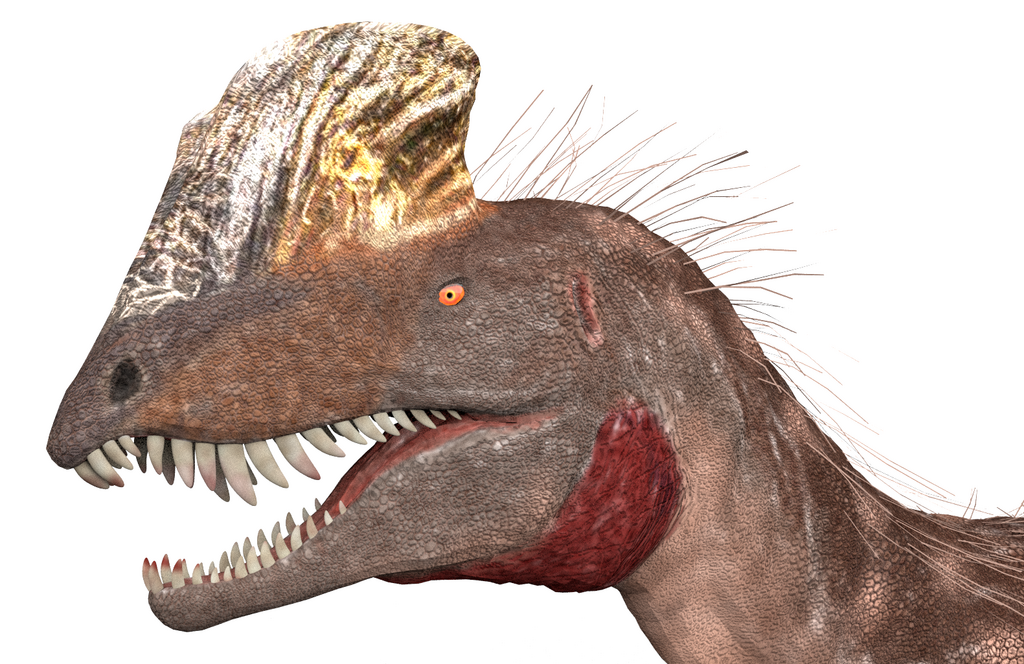
Jurassic Park uses its various death scenes to construct a moral framework, and Gennaro’s demise takes on additional meaning when contrasted with other character fates. The film’s first human victim, the unnamed worker killed during the raptor transfer, represents the vulnerable laborers endangered by corporate decisions made far above their pay grade. Dennis Nedry’s death by dilophosaurus comes as direct punishment for his specific act of sabotage motivated by greed. Ray Arnold and Robert Muldoon, while both killed, are portrayed more sympathetically as professionals trying to restore order. Most tellingly, the film’s protagonists—Grant, Sattler, Malcolm, and the children—all survive despite numerous close calls. This pattern suggests a moral sorting wherein those most directly responsible for the park’s creation or most motivated by profit face the harshest consequences. Gennaro’s death stands out as particularly symbolic because of his position as the financial enabler of the project, making his demise at the jaws of the park’s premier attraction a form of poetic justice.
The T-Rex as Nature’s Judge and Executioner
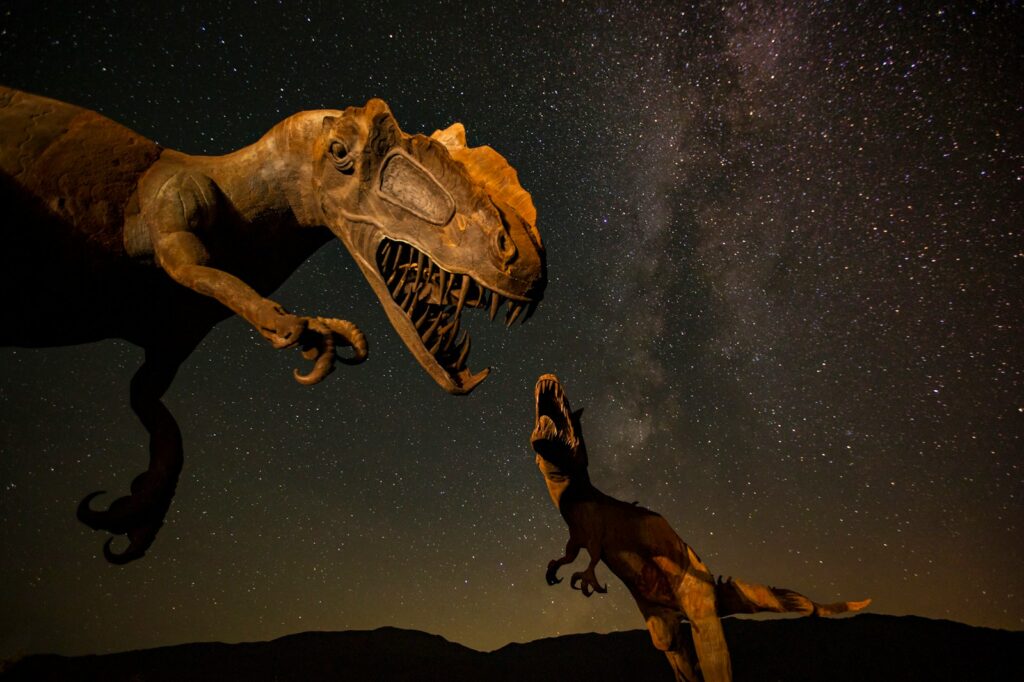
The Tyrannosaurus rex in Jurassic Park functions as more than just a fearsome predator; it serves as nature’s judge, jury, and executioner. Its imposing presence throughout the film represents untamable natural force. The T-rex’s first appearance during the tour vehicle attack establishes it as beyond human control, with electric fences and other safety measures proving utterly inadequate. The specific targeting of Gennaro reinforces this symbolic role—the king of dinosaurs eliminating the representative of human greed and arrogance. Spielberg’s direction anthropomorphizes the T-rex to some degree, giving it moments that suggest something beyond mere animal hunger, particularly in how it seems to “investigate” its surroundings and potential prey. The iconic scene where the T-rex roars triumphantly after killing Gennaro feels like a declaration of natural supremacy, a moment where the ancient world reasserts its power over modern human presumption. This characterization of the T-rex as an agent of natural justice makes Gennaro’s death feel like more than random predation—it becomes a symbolic reckoning.
Audience Reaction: The Ethics of a Satisfying Death
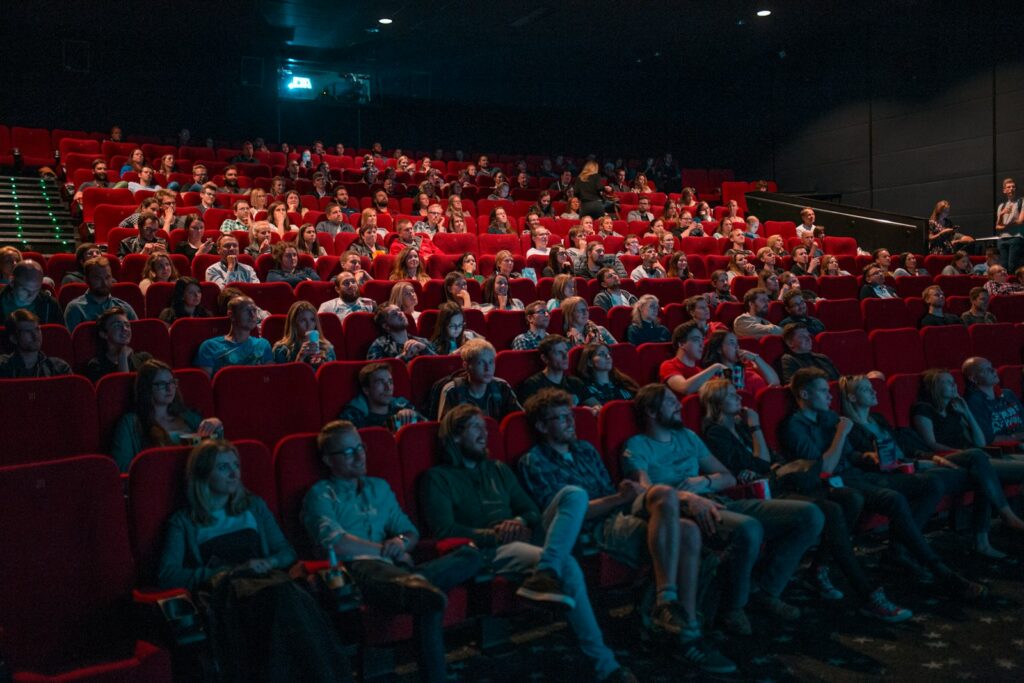
Audience response to Gennaro’s death presents an interesting ethical dimension to consider. The scene was designed to elicit a certain satisfaction from viewers, making it one of cinema’s most memorable “deserved” deaths. This reaction raises questions about why audiences find certain screen deaths acceptable or even enjoyable. The character is established as unlikable through his cowardice, greed, and abandonment of children in danger, making his demise feel like appropriate comeuppance rather than tragedy. Spielberg carefully constructs the scene to maximize this satisfaction while maintaining the PG-13 rating—showing enough to convey the horror while cutting away from the most graphic details. This audience manipulation reflects how the film guides viewers to embrace its message about respecting natural forces and the consequences of failing to do so. The fact that most viewers remember and even celebrate this death scene decades later speaks to its effectiveness as both visceral entertainment and moral parable.
Scientific Ethics in the Real World: Beyond Fiction

While Jurassic Park operates in the realm of science fiction, its concerns about scientific ethics have real-world parallels and applications. The film emerged during a period of rapid advancement in genetic engineering and cloning technology, with the cloning of Dolly the sheep occurring just a few years after the film’s release in 1996. Gennaro’s character and fate serve as a warning about the dangers of treating scientific breakthroughs primarily as commercial opportunities without adequate ethical oversight. Modern debates about genetic modification, de-extinction possibilities, artificial intelligence development, and other frontier technologies echo the film’s central question about whether scientific capability should automatically translate to action. The corporate lawyer’s death by T-rex provides a memorable visual metaphor for what can happen when financial interests drive scientific research without sufficient caution or ethical consideration. This scene has influenced how popular culture conceptualizes the relationship between corporate interests and potentially dangerous scientific advancement.
Michael Crichton’s Warning: The Novel vs. Film

Michael Crichton, the author of the original Jurassic Park novel, was known for techno-thriller narratives that questioned humanity’s relationship with technology. Interestingly, the Gennaro character differs significantly between novel and film. In Crichton’s book, Gennaro is more complex and actually survives the story, while a different character (Ed Regis) abandons the children and meets a dinosaur-related death. The film condensed these characters, transferring Regis’s cowardice and death to Gennaro, likely to streamline the narrative and strengthen the symbolic punishment of corporate irresponsibility. Despite these differences, both versions share concern about the commercialization of potentially dangerous scientific advancements. Crichton’s novel goes deeper into the technical and ethical questions, with more extensive discussions about genetic engineering ethics and chaos theory. The film distills these complex ideas into powerful visual metaphors—with Gennaro’s death serving as perhaps the most memorable and effective of these symbolic moments.
Legacy in Pop Culture: Enduring Impact of the Scene

Few death scenes in cinema have had the cultural staying power of Gennaro’s demise in Jurassic Park. The image of the lawyer being eaten while sitting on a toilet has been referenced, parodied, and homaged countless times in the decades since the film’s release. This scene has become shorthand for karmic justice in popular culture, often referenced when discussing the comeuppance of unlikable characters. The visual composition—particularly the moment when the T-rex’s massive head enters the destroyed bathroom structure—has become iconic in film history. The scene’s influence extends beyond direct references, helping establish a template for how films depict the consequences of scientific or corporate overreach. Subsequent films dealing with similar themes often include comparable moments where representatives of corporate greed or scientific arrogance face direct consequences from the forces they underestimated. This death scene’s enduring legacy demonstrates how effectively it communicated the film’s central warning about the dangers of hubris in scientific advancement.
Scientific Advancement and Risk Assessment

Jurassic Park presents a sophisticated critique of how scientific ventures assess and manage risk. Gennaro’s character represents a particular failure in this regard—focusing on insurance and liability concerns rather than fundamental questions about whether the project should proceed at all. His death highlights the inadequacy of legal and financial risk management when dealing with unprecedented scientific territory. The bathroom scene serves as a stark reminder that nature does not recognize human constructs like corporate liability or legal protection. Throughout the film, the scientists and executives at InGen demonstrate overconfidence in their ability to control the dinosaurs through technological means—from lysine dependency to all-female populations. These measures all fail spectacularly, with Gennaro’s death representing one of the most dramatic illustrations of this failure. The scene functions as a visual argument for more comprehensive risk assessment in scientific ventures, particularly those involving genetic manipulation or resurrection of extinct species.
Spielberg’s Directorial Choices: Crafting Meaningful Horror

Steven Spielberg’s directorial choices in staging Gennaro’s death reveal much about how he wanted audiences to interpret this moment. The scene begins with the lawyer abandoning the children—an action filmed to emphasize his moral failure through quick cuts between his frightened face and the vulnerable children he leaves behind. The bathroom structure is filmed to look pathetically inadequate against the approaching T-rex, with its flimsy walls and partial covering creating a false sense of security. Spielberg deliberately shows Gennaro in a position of maximum vulnerability—seated on a toilet—before the attack, stripping the character of dignity or power. The actual moment of death balances graphic impact with restraint—showing enough to convey the horror while cutting away from the most explicit violence. The aftermath, with the T-rex’s triumphant roar, frames the event as more than just predation—it becomes a moment of natural justice. These careful directorial choices work together to transform what could have been mere shock value into a meaningful statement about the relationship between human hubris and natural consequences.
Conclusion: A Death That Defined a Franchise
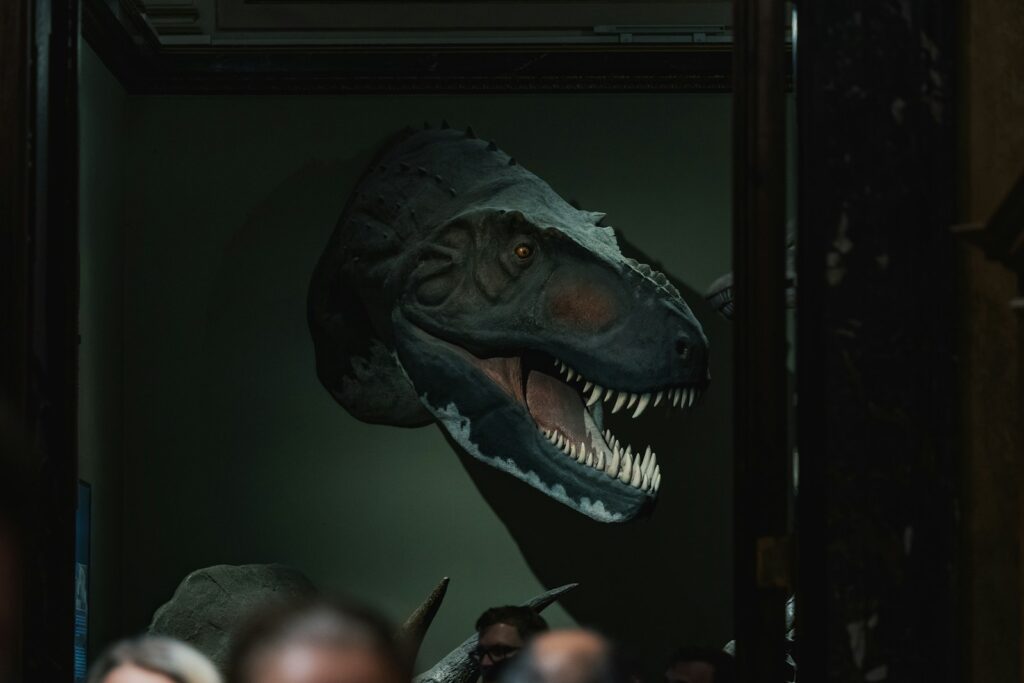
Donald Gennaro’s death by Tyrannosaurus rex remains one of cinema’s most effective metaphors for the consequences of scientific hubris and corporate greed. Far more than just a shocking moment of dinosaur violence, this scene encapsulates Jurassic Park’s central warning about the dangers of manipulating nature without adequate respect for its power. The image of the corporate lawyer being devoured after abandoning his responsibilities continues to resonate because it speaks to fundamental human anxieties about our relationship with technology and the natural world. As we continue to push boundaries in genetic engineering, artificial intelligence, and other frontier sciences, this memorable death scene serves as a vivid reminder of the potential consequences when profit motives and technological capability outpace ethical consideration. The enduring power of this moment demonstrates how effectively Spielberg and Crichton translated complex questions about scientific ethics into a visceral, unforgettable cinematic experience that continues to shape how we think about the responsibilities that come with scientific advancement.

